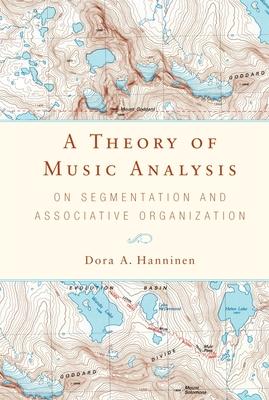This book introduces a theory of music analysis that one can use to explore aspects of segmentation and associative organization in a wide range of repertoire including Western classical music from the Baroque to the present, with potential applications to jazz and popular music, and some non-Western musics. Rather than a methodology, the theory provides analysts with precise language and a broad, flexible conceptual framework through which they can formulate and investigate questions of interest and develop their own interpretations of individual pieces and passages. The theory begins with a basic distinction among three domains of musical experience and discourse about it: the sonic (psychoacoustic); the contextual (or associative, sparked by varying degrees of repetition); and the structural (guided by a specific theory of musical structure or syntax invoked by the analyst). A comprehensive presentation of the theory, with copious musical illustrations, is balanced with close analyses of works by Beethoven, Debussy, Nancarrow, Riley, Feldman, and Morris

A Theory of Music Analysis: On Segmentation and Associative Organization
This book introduces a theory of music analysis that one can use to explore aspects of segmentation and associative organization in a wide range of repertoire including Western classical music from the Baroque to the present, with potential applications to jazz and popular music, and some non-Western musics. Rather than a methodology, the theory provides analysts with precise language and a broad, flexible conceptual framework through which they can formulate and investigate questions of interest and develop their own interpretations of individual pieces and passages. The theory begins with a basic distinction among three domains of musical experience and discourse about it: the sonic (psychoacoustic); the contextual (or associative, sparked by varying degrees of repetition); and the structural (guided by a specific theory of musical structure or syntax invoked by the analyst). A comprehensive presentation of the theory, with copious musical illustrations, is balanced with close analyses of works by Beethoven, Debussy, Nancarrow, Riley, Feldman, and Morris